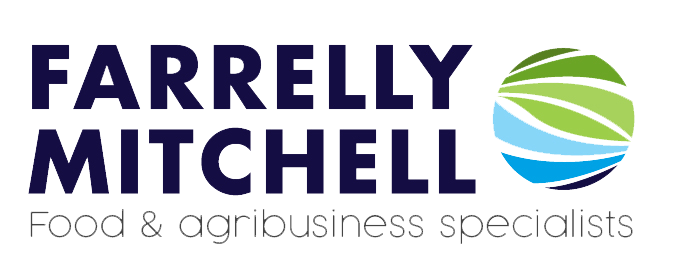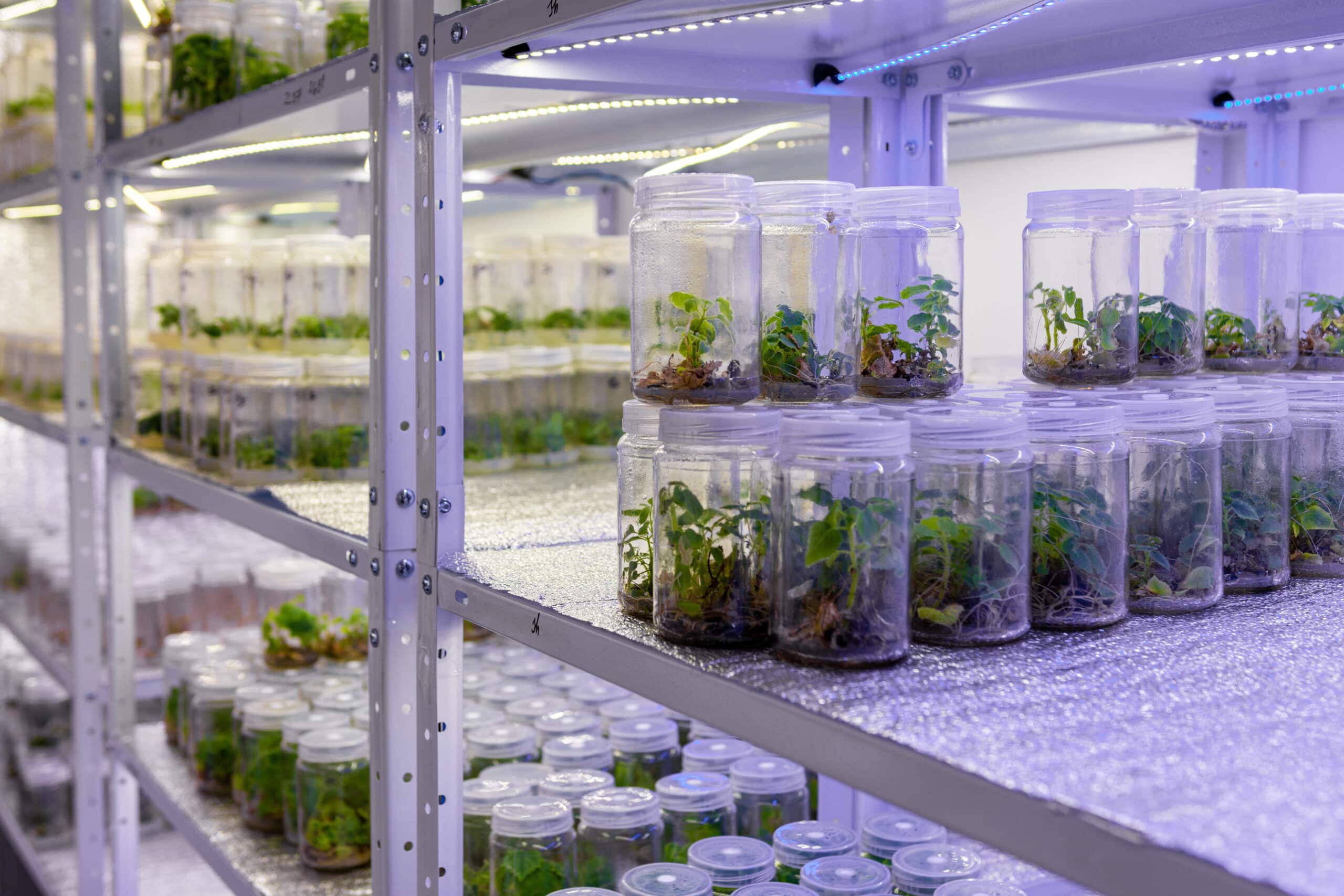The agricultural industry is a significant contributor to global greenhouse gas (GHG) emissions, accounting for roughly 12% of global emissions in 2021. This sector’s emissions have nearly doubled in the past fifty years, and the Food and Agriculture Organization of the United Nations (FAO) projects a further 30% increase by 2050. A key strategy to mitigate this trend is carbon sequestration in soil, achieved through sustainable agricultural practices. A 2016 Nature study supports this approach, emphasising smart soil management as a critical tool in combating climate change.
Though its environmental impacts are well established, committing to carbon sequestration practices can have numerous effects on farms, both positive and negative. This article discusses how carbon sequestration works, outlining its benefits on an environmental and operational level, as well as potential negatives that producers must consider.
Carbon storage mechanism in soils
When plants decay, they enrich the soil with organic carbon dioxide (CO2). However, soil respiration and agricultural activities can release this stored carbon back into the atmosphere. This dynamic is influenced by the soil’s fauna, microorganisms, and overall management, forming a critical carbon cycle. Earth’s soil contains two to three times more carbon than the atmosphere, amounting to 1500-2400 billion tonnes of CO2. This carbon can remain in the soil for millennia or be rapidly released, depending on the range of vegetation and soil management.
Agricultural practices and carbon sequestration
Soil management practices like reduced tillage, cover cropping, and agroforestry can significantly enhance soil carbon sequestration. For instance, no-till farming helps protect soil organic matter and reduce the unearthing of CO2. Cover cropping, though currently limited in use, adds organic material to the soil and promotes soil biodiversity, which increases soil carbon over time. For example, no-tillage farming could potentially store an additional 0.15 t/ha/year of carbon, with agroforestry potentially doubling that amount.
Conversely, practices like excessive nitrogen fertilisation can disrupt soil carbon cycles and decrease sequestration. The effectiveness of these practices varies with climate and soil type. A recent study by Nature suggests that widespread adoption of carbon storage practices in agriculture could offset 50-80% of annual GHG emissions from burning fossil fuels. The environmental benefits of this are clear. However, for the wider agricultural industry, what are the carbon sequestration pros and cons?
Carbon sequestration pros
Soil health: Increasing the amount of carbon in soil benefits the environment by enhancing soil quality, improving water retention, and reducing nutrient loss. Ultimately, this boosts land productivity, as healthier soils can produce more plentiful crops. It also builds resilience and limits soil erosion as healthier soils are less prone to topsoil washaway during floods.
Revenue generation: Farms can earn additional income through carbon credits. By adopting practices that increase carbon sequestration, farmers can sell credits to companies looking to offset their carbon footprint. Carbon sequestration can be a form of business diversification, providing an income stream that is somewhat independent of traditional agricultural markets.
Reduced inputs: Carbon sequestration can work in conjunction with other regenerative agriculture practices such as crop rotation, agroforestry, and managed grazing to improve soil quality. In turn, healthier soils can produce high-quality crops with less reliance on expensive artificial inputs like fertilisers.
Regulatory considerations: Proactively implementing environmentally responsible practices can ensure compliance with emerging sustainability regulations and avoid future operational disruptions.
Value add: Carbon sequestration can also create new employment opportunities in areas such as sustainable land management, environmental monitoring, and the development of green technologies.
Carbon sequestration cons
Initial investment costs: Promoting carbon sequestration on-farm requires upfront investment. Strategies such as reforestation and no-till farming require farmers to be trained in new techniques and will require investment in new equipment. Consequently, it is crucial for smallholders to weigh the long-term benefits against the immediate financial burden.
Land availability: While strategies such as agroforestry and cover cropping may reduce soil erosion and protect crops, they also reduce overall land availability and output. This can diminish short-term yields, thus requiring a more strategic approach to land management. Such constraints may limit adoption, especially among smallholders and small-scale farmers.
Greenwashing: While carbon sequestration is a net positive for the environment, it has been criticised for enabling polluting industries to persist in harmful practices. Many polluters can simply buy carbon credits to offset their emissions, shifting the focus away from the essential tasks of reducing and preventing emissions at their source and effectively serving as a greenwashing tactic.
Long-term feasibility: A growing body of research suggests that the effectiveness of carbon sequestration strategies diminishes over time. Sequestration rates are highest in severely degraded soils and tend to plateau once these soils become saturated with carbon. Additionally, there are uncertainties regarding the longevity of carbon storage in soil and the impact of soil microbes on soil carbon sequestration. Raising the possibility that carbon sequestration’s benefits may be more pronounced in the short to medium term.
Implementing carbon sequestration
Reducing greenhouse gas emissions is critical to the future of our planet. While carbon sequestration holds great promise in this area, implementing it can be complex and unappealing to producers in the short-term.
At Farrelly Mitchell, our ESG experts provide strategic guidance to clients as they transition to renewable and sustainable practices. With decades of industry experience and a commitment to modern and responsible agriculture, we can uncover solutions that are environmentally beneficial, while remaining practical and financially feasible. Our consultants offer actionable advice on novel and established practices such as agroforestry, the circular economy, regenerative agriculture, biodiversity conservation, clean energy, and much more.
Contact our food and agribusiness experts today to explore tailored strategies that align with your business goals and make a positive contribution to environmental sustainability.














